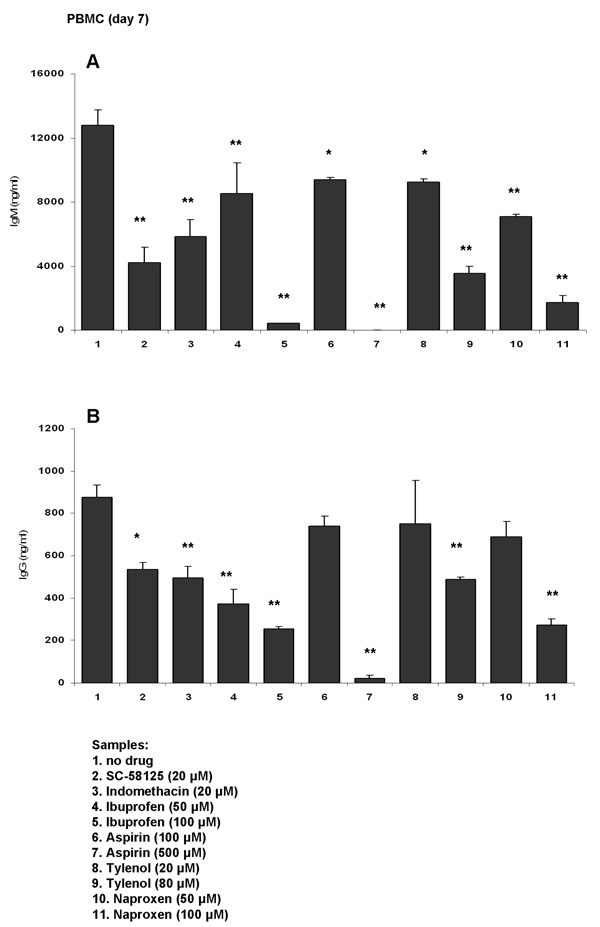Figure 1. Non-steroidal anti-inflammatory drugs (NSAIDs) blunt antibody synthesis in human PBMC in vitro.
Human PBMCs were stimulated with anti-IgM (2 µg/ml) plus CpG 2395 (1 µg/ml) for 7 days. Cells were exposed to NSAIDs or to a selective Cox-2 inhibitor, as follows: SC-58125 (Cox-2 selective inhibitor; 20 µM), indomethacin (20 µM), ibuprofen (50 µM or 100 µM), aspirin (100 µM or 500 µM), tylenol (20 µM or 80 µM) or naproxen (50 µM or 100 µM). Drugs were added everyday, except for SC-58125, which was added every other day. The control samples (no drug) received only the vehicle (DMSO). At the end of culture period, supernatants were harvested and used for IgM (panel A) or IgG (panel B) detection by ELISA. Each bar represents the means ± SD (n=3). The statistical significance in reduction of antibody synthesis was determined by one-way ANOVA test, followed by Tukey’s post-hoc test. *, p< 0.05, **, p< 0.001 as compared to control (no drug) sample.

